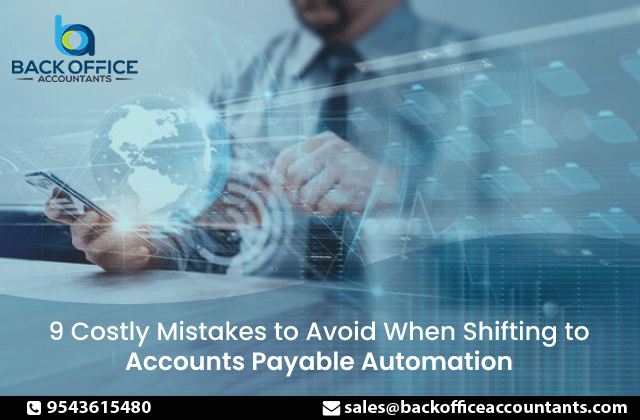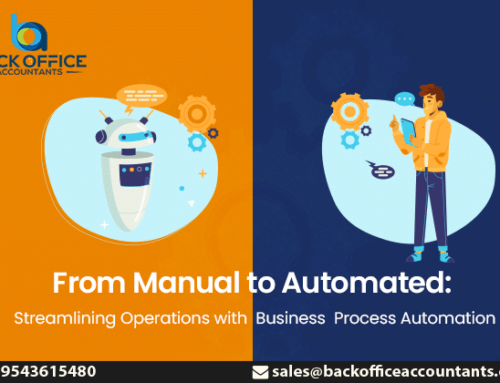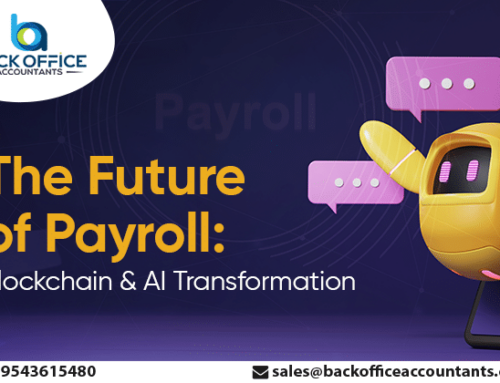Your organization may be prepared to go paperless for accounts payable (AP). Alternatively, things can go wrong. How can your firm avoid making these errors and successfully navigate this transition?
Determine who made the purchases, what they were for, whether the orders were authorized, whether the bills should be paid, and how the budgeting tool’s figures would alter if the transactions were not authorized.
Accounts payable is sometimes a disorganized department with numerous accounts payable process steps and systems, making it difficult to address problems and find solutions.
The 9 Common Mistakes to Avoid When Shifting to Accounts Payable Automation
1. You made a mistake if you did not attempt to win over the organization’s internal stakeholders.
It would be a big mistake not to tell the most important people in the company about the AP automation plan, its benefits, and how the change will affect their work. Please don’t tell anyone why this adjustment was done on the spot. They may be concerned about what you desire and take further measures to make the transition difficult or even fail.
2. Making a list of all the qualities that would make someone perfect is the second error.
Do not make the typical error of underestimating the immediate benefits of AP automation. If you neglect this phase, your business may wind up with software that does not address its most pressing issues.
3. The third error is disregarding the time and money already invested on manual operations.
Don’t forget to calculate how much time and money your business will save by converting to automatic AP. If you do not do this, you will only have a general idea of how accounts payable automation can save you money, which may be insufficient. Estimations will not suffice.
It will be worth the time and effort invested. So, you won’t buy software to automate accounts payable that doesn’t give you these benefits.
4. Fourth Error: Giving Software Integrations Insufficient Credit
Determine the compatibility of your ERP and Bank Office Accounting services with your AP automation. Even while the manufacturer guarantees a seamless data transfer between your accounting and enterprise resource planning (ERP) software, you should be aware that the software you choose may not permit this. So, your automation AP system will continue to not work well and give you new problems to solve.
5. The fifth error is failing to consider future software roadmaps.
Companies frequently prioritize the short-term benefits of AP software rather than the long-term benefits and capabilities the software will provide within the following three to five years. This could be a very expensive mistake if the software company’s plans for future products don’t meet your needs for AP automation.
If you examine a software firm’s road map, you may be able to determine whether the company will adapt to shifting market demands and offer helpful new features.
6. The sixth error is failing to anticipate potential problems in OCR.
You shouldn’t think that it will be easy to use OCR technology to turn paper documents into digital files. It can help turn paper records into digital ones and cut down on the amount of data entry that needs to be done by hand, but it can’t take the place of human oversight and checking.
7. The seventh error is paying debts immediately.
You shouldn’t approve and pay invoices right away if you haven’t made sure you got the product or accounts payable services. If you move too quickly, you may wind up giving money even if you never received the goods or they were subpar. Obtaining a refund may also be difficult.
8. The eighth error is insufficient training of personnel.
You probably do not want any of your staff to have any knowledge of accounts payable automation. Your safety is too valuable to risk. What will occur if they choose to leave their employment or retire?
But what if this individual is genuinely stealing from your company? Who truly knows? Wouldn’t it be absurd for one person to handle everything? If no one else could review their work, errors would increase.
9. The ninth error is not examining bills for authenticity.
In some instances, someone may send fraudulent “invoices” in an attempt to steal from you. It is not a good idea to pay these invoices without placing them in the proper location in your AP automation system. If you doubt the legitimacy of the bill, you may need to examine the fine print. When someone attempts to obtain money that is not theirs, they may lie.
Conclusion
You are now far more knowledgeable about the most typical issues with accounts payable and the most effective, time-tested solutions. As stated previously, automating your AP operations is a crucial first step. If you ever need a team to help you through these issues, your best option is Back Office Accountants.







